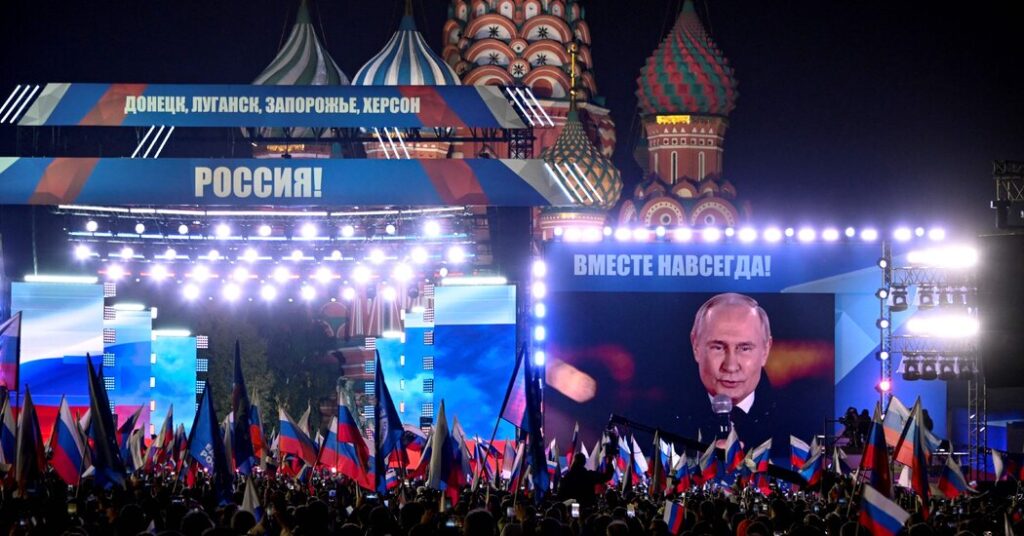In Washington Putin Nuclear Threats Stir Growing Alarm
Putin Nuclear,The nuclear arsenal of Russia is the basis of its great power status, but it could be used by the Russian military to achieve its goals in the Ukraine war, provoke a conflict with the US, or even in Europe. In Washington, Putin’s nuclear threats are a source of growing alarm.
Russia’s nuclear arsenal is foundation of its great power status
The Russian leadership views nuclear weapons as a peacekeeping force among great powers, a role that serves Russia’s global interests. Moreover, it sees nuclear weapons as a means to respond to emerging threats and increase its global standing. While some of its leaders want to preserve the current arms control arrangements, others would like to negotiate new ones.
Russia’s nuclear arsenal is also an asset to its allies. It has helped maintain Russian credibility as the military protector of former Soviet republics within the Collective Security Treaty Organisation. In addition, it has helped Russia retain political authority over the former Soviet empire. As a result, Russia’s nuclear arsenal is an essential element of its international ambitions. The Russian government views maintaining its dominant influence over the former Soviet empire as a prerequisite for attaining great power status.
It could be used to achieve its goals in the war in Ukraine
The Russian president may be considering threatening to use nuclear weapons – albeit tactical ones. Such weapons have smaller warheads than intercontinental missiles but can still destroy a few blocks or an entire military base. In fact, some Russian military analysts suggest that Putin may use one of these weapons to target an army base in Ukraine. The cost of using such a weapon would be immense. The United States is assessing the risk.
A nuclear war between the US and Russia could be disastrous for both nations. The Cold War held nuclear wars at bay for over 40 years, but it could happen again, and the world would be in danger.
It could be used to provoke a conflict with the US
In an attempt to scare NATO and the United States away from intervening in Ukraine, Russian President Vladimir Putin has been warning them to beware of the danger of nuclear war. In the process, he has been prompting the Ukrainians to negotiate in a way that puts their country in a disadvantageous position. The threat to use nuclear weapons in such a way has many people worried.
The Russians have many weapons that can be used to attack the United States. They could use conventional weapons in Ukraine or in Russian territory to attack US forces and provoke a conflict. While this would not provoke a nuclear response, it would show Russia that the United States is serious about defending nuclear states.
It could be used to achieve its goals in Europe
Russian President Vladimir Putin may decide to use nuclear weapons in a conflict with Ukraine. Tactical nuclear weapons have smaller warheads than intercontinental missiles, but they are still powerful enough to destroy several blocks or even one military base. Some military analysts believe that Putin could use this tactic in a conflict with Ukraine if he decides to target it.
While the United States is a far more advanced nuclear power, it is still an advantage to Russia to have a tactical nuclear weapon. However, this advantage could lead the Russian leadership to take risks that could hurt European security and U.S. interests. The Kremlin has a history of using every instrument of its national power to achieve geopolitical objectives. If Russia were to use its small nuclear weapons to threaten the European Union, it could pose a huge threat to U.S. interests and national security.
It could be used to justify its reckless conduct in Ukraine
In recent days, Russian President Vladimir Putin has threatened to use nuclear weapons against Ukraine. The United States and Europe have dismissed these threats as a scare tactic. However, the Ukrainian counteroffensive has forced Russian troops to retreat from the Kharkiv region and handed Moscow its most humiliating defeat since the beginning of the conflict. If Moscow chooses to use nuclear weapons to defend its interests in Ukraine, they will find themselves in a world where they are not respected.
The US government and NATO, however, should avoid allowing such a situation to develop. The use of nuclear weapons is not only illegal but also highly risky. Russia already has enough nuclear weapons to cause devastating damage to anyone it deems undesirable. Furthermore, it has shown no reluctance to use them. It has already targeted residential buildings, factories, transportation hubs, and power plants in Ukraine. It also targeted the Pivdennoukrainsk nuclear power plant last weekend. While the reactor was unharmed, explosions erupted 300 meters away.
